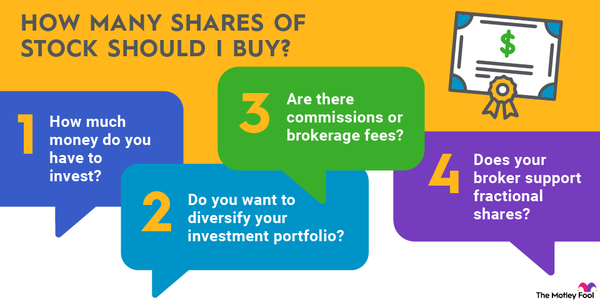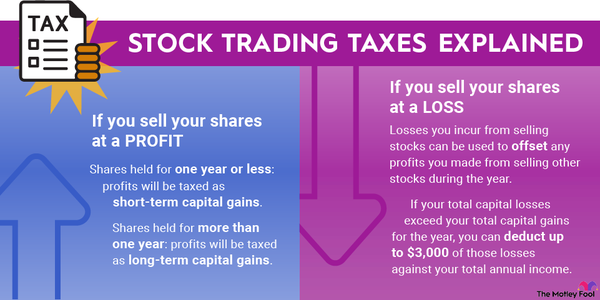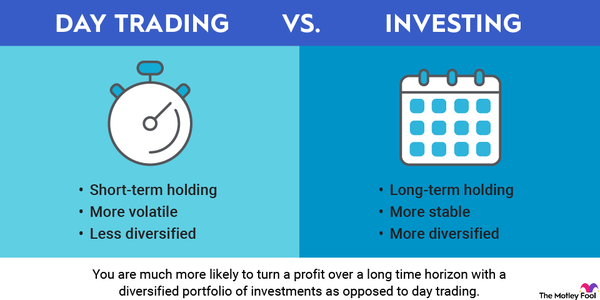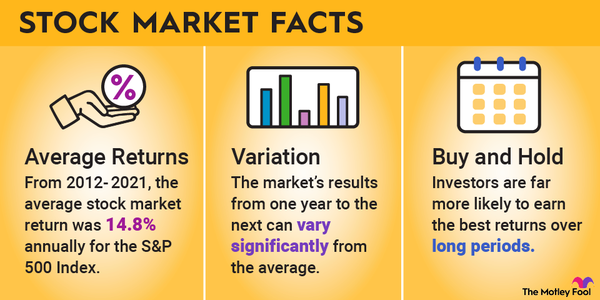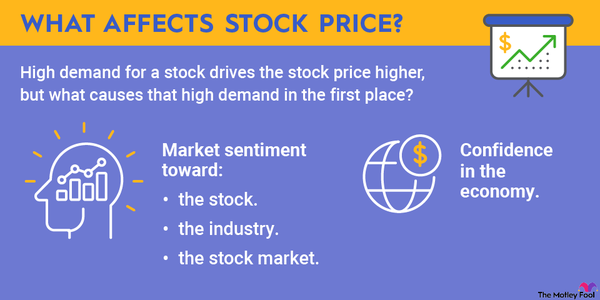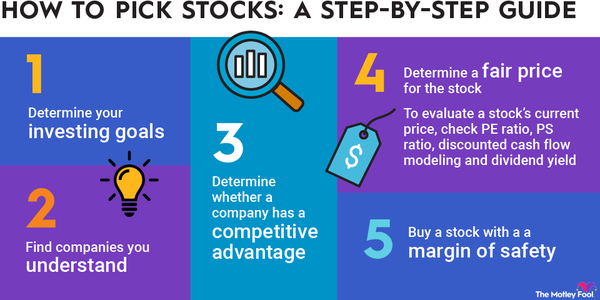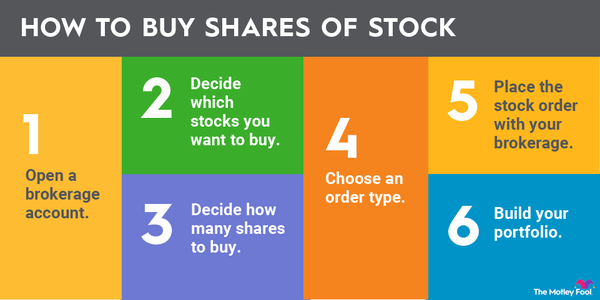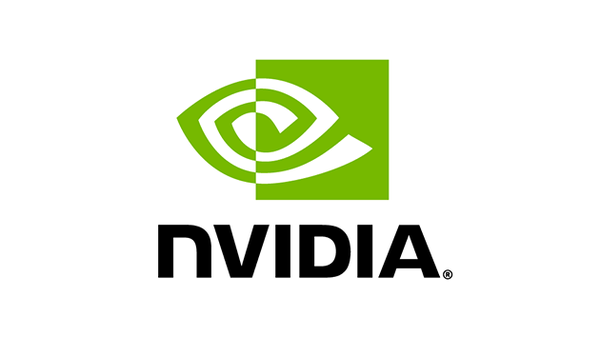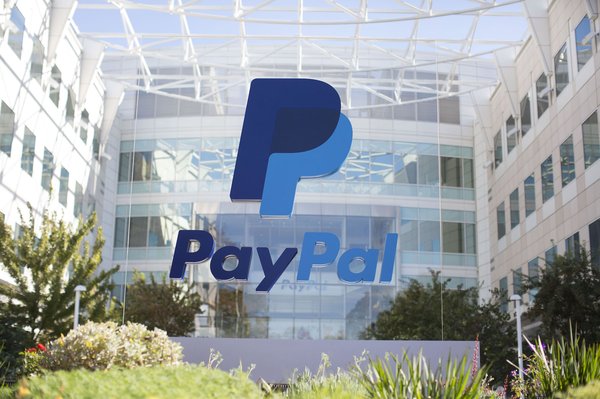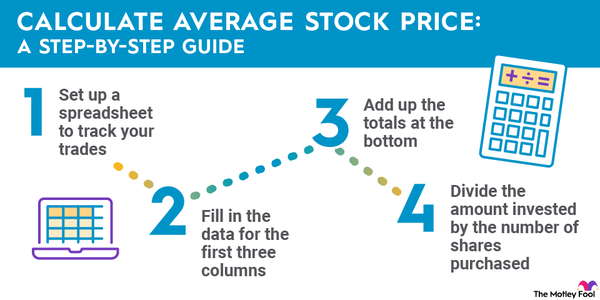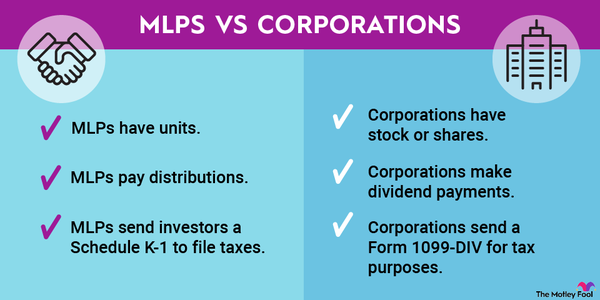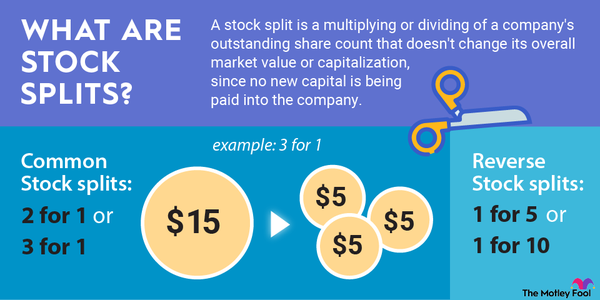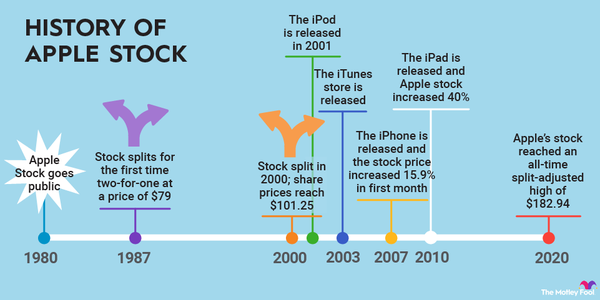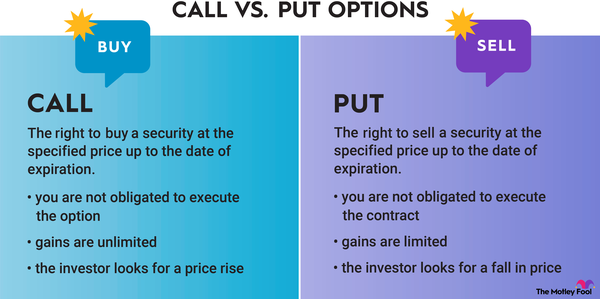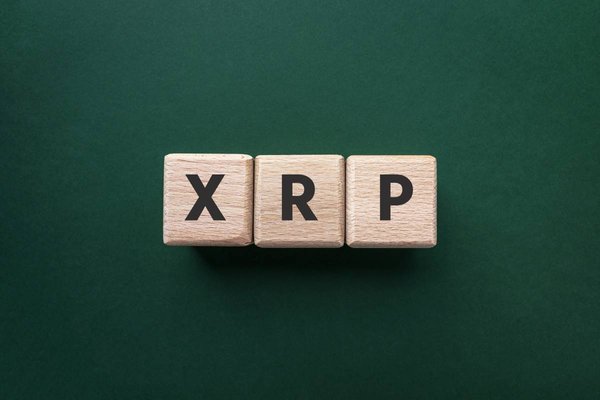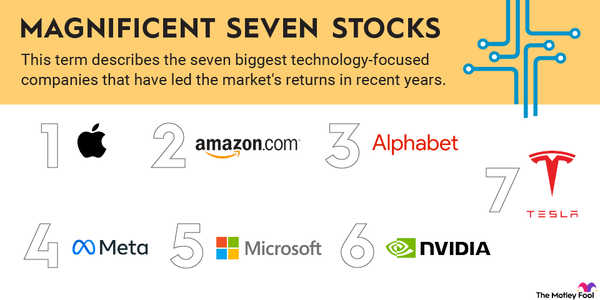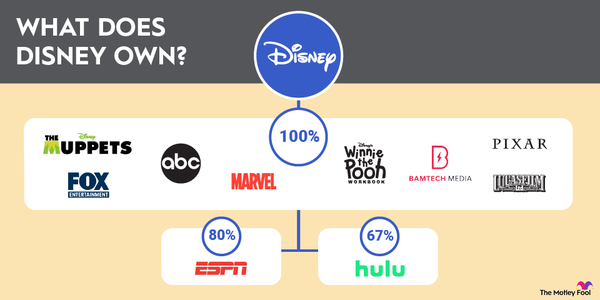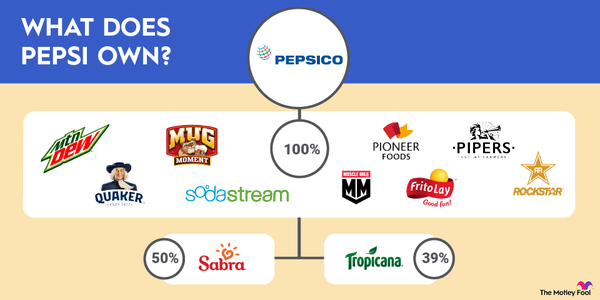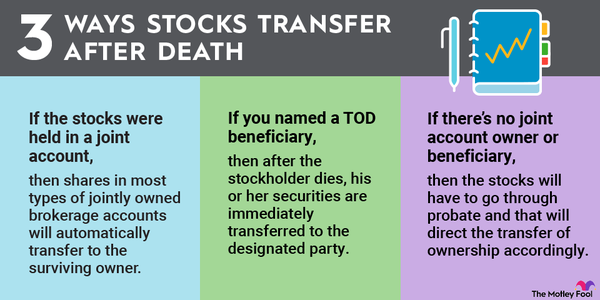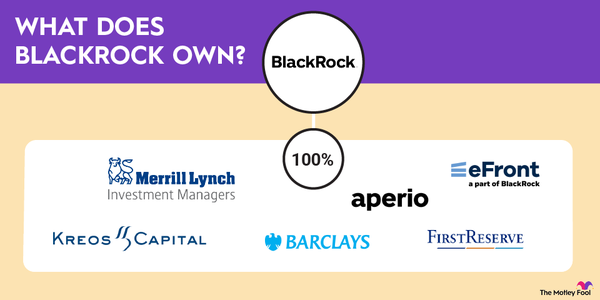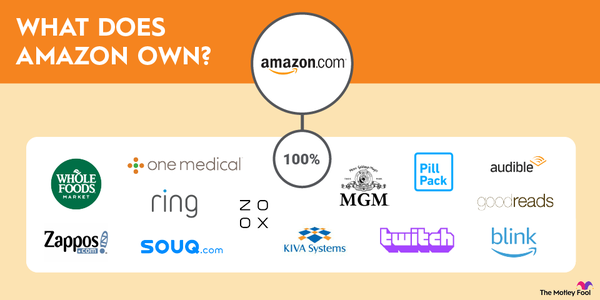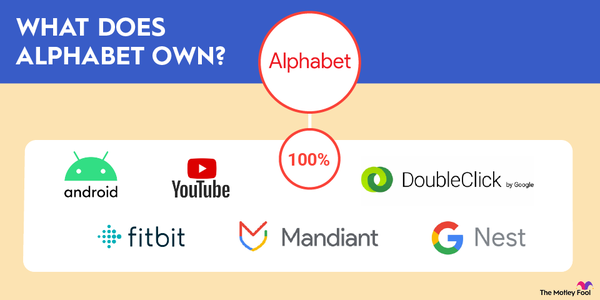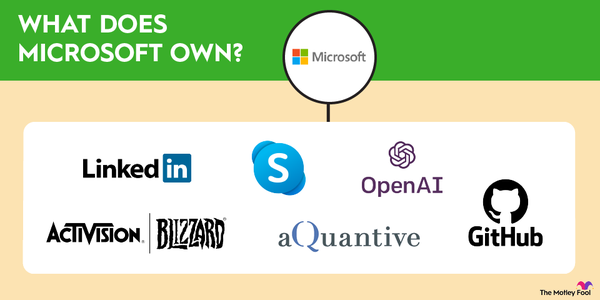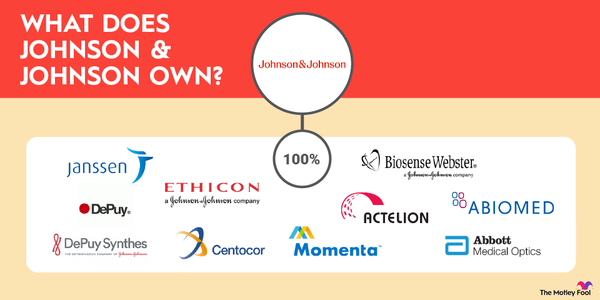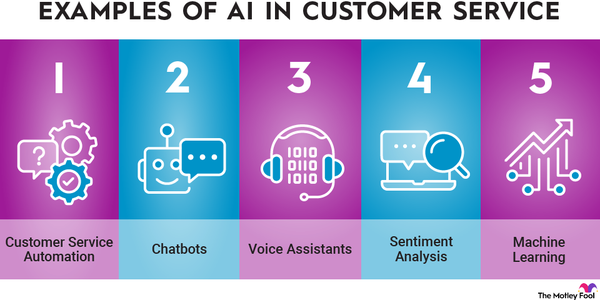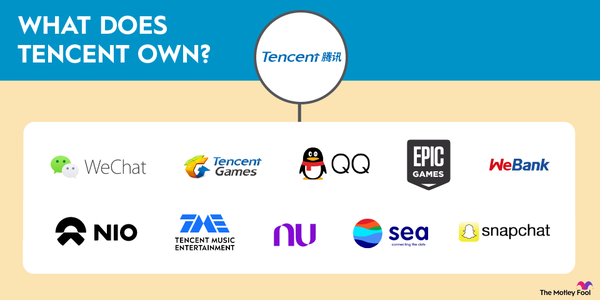Twilio (TWLO -0.07%) enables companies to improve their customer communications. Through its customer engagement platform (CEP), clients are empowered to build direct and personalized customer relationships.
At its core, Twilio is a cloud communications platform-as-a-service company. It provides customers with a platform to build applications to send voice, video, and text messages.
In addition, Twilio has a rapidly growing data and applications business. The company aims to help customers leverage their data with software powered by artificial intelligence (AI) to enhance customer engagement.
Twilio believes it's just scratching the surface of its potential to help companies improve their communication with customers. The communications technology company estimates that the total addressable market for messaging will reach $32 billion in 2025 (up from $26 billion in 2022). That provides a long runway to continue growing revenue and, eventually, profitability at a healthy clip.
Twilio's growth potential likely has many investors interested in investing in its stock. Here's a step-by-step guide on how to buy shares of the telecommunications stock and some factors to consider before adding it to your portfolio.
How to buy
How to buy Twilio stock
You'll need to take a few steps before buying shares in Twilio (or any other stock). Here's a step-by-step guide to adding the cloud communications company to your portfolio.
Step one: Open a brokerage account
You need to open and fund a brokerage account before buying shares of any stock. If you need to open one, take some time to research the brokers to find the best one for you.
Step two: Figure out your budget
Before making your first trade, you'll need to determine a budget for how much money you want to invest. You shouldn't invest money that you expect to need in the next three to five years.
You'll then want to figure out how to allocate that money. The Motley Fool's investing philosophy recommends building a diversified portfolio of 25 or more stocks you plan to hold for at least five years.
You don't have to get there on the first day, though. For example, if you have $1,000 available to start investing, you might want to begin by allocating that money equally across at least 10 stocks and then grow from there.
Step three: Do your research
It's essential to thoroughly research a company before buying its shares. You should learn about how it makes money, its competitors, its balance sheet, and other factors to make sure you have a solid grasp on whether the company can grow value for its shareholders over the long term.
Step four: Place an order
Once you've opened and funded a brokerage account, set your investing budget, and researched the stock, it's time to buy shares. The process is relatively straightforward. Go to your brokerage account's order page and fill out all the relevant information, including:
- The number of shares you want to buy or the amount you want to invest to purchase fractional shares.
- The stock ticker (TWLO for Twilio).
- Whether you want to place a limit order or a market order. The Motley Fool recommends using a market order since it guarantees you buy shares immediately at market price.
Once you complete the order page, click to submit your trade and become a Twilio shareholder.
Should I invest?
Should I invest in Twilio?
Doing research is essential before buying any stock. It could change your mind about buying shares or further enhance your conviction that shares are a worthwhile investment. Here are some reasons you might want to buy shares of Twilio:
- You're seeking investments with above-average growth potential.
- You understand the company's business model, including that it's a usage-based system that's more sensitive to changes in the economy.
- You're interested in companies seeking to capitalize on the potentially massive opportunity for AI.
- You believe Twilio can eventually become very profitable.
- You prefer to invest in financially strong companies with cash-rich balance sheets.
- You don't need dividend income from your investment.
- You understand the risks, including the possibility that shares of Twilio could lose value.
Dividend Income
On the other hand, here are some factors to consider that might lead you away from buying shares of Twilio:
- You don't understand what Twilio does or how it makes money.
- You think the hype surrounding AI is overblown.
- You're not sure whether Twilio will ever reach its goal of delivering durable profit growth.
- You're in or nearing retirement and need investments that produce income.
- You're seeking investments with lower volatility.
- You're worried that a recession could significantly impact Twilio's growth.
Profitability
Is Twilio profitable?
Digging into a company's profitability is a vital aspect of an investor's research because profit growth tends to drive a company's stock price over the long term. Twilio had yet to turn the corner on generally accepted accounting principles (GAAP) profitability as of mid-2024.
During the second quarter of 2024, Twilio reported a GAAP loss from operations of $19 million on almost $1.1 billion of revenue (up 4% year over year). On a more positive note, that was a $123 million improvement from the year-ago period.
While the company isn't profitable on a GAAP basis, it has shifted its focus from rapid growth to durable profit growth. That's driving a significant improvement in its underlying earnings.
It's producing non-GAAP (adjusted) earnings. During the second quarter of 2024, Twilio reported $175 million of non-GAAP income from operations. It expects that number to be between $650 million and $675 million for the full year. The company is also generating free cash flow ($71.9 million in the second quarter of 2024).
Dividends
Does Twilio pay a dividend?
Twilio didn't pay dividends to shareholders as of mid-2024. The company also didn't anticipate initiating a dividend in the foreseeable future. It's reinvesting most of its cash flow to grow its business.
While Twilio doesn't pay dividends, it has started returning cash to shareholders by repurchasing stock. It launched a $1 billion share repurchase program in early 2023. Subsequently, it authorized an additional $2 billion of share repurchases in early 2024. By mid-2024, Twilio had repurchased $2.2 billion of its stock.
ETF options
ETFs with exposure to Twilio
An alternative option to directly buying shares of Twilio is to consider passively investing in the company through a fund that holds its shares. One of the most common passive investment vehicles is an exchange-traded fund (ETF).
Exchange-Traded Fund (ETF)
According to ETF.com, 136 ETFs held 15.7 million shares of Twilio as of mid-2024. The largest holder was the Global X Cloud Computing ETF (CLOU 0.57%). The cloud-focused ETF had a 4.3% allocation.
Meanwhile, First Trust Cloud Computing ETF (SKYY 1.32%) and iShares Future Cloud, 5G, and Tech ETF (IDAT 1.81%) both had roughly 2% allocations to Twilio. That makes them best for people who want to invest broadly in cloud computing and other technologies with some exposure to Twilio.
Stock splits
Will Twilio stock split?
As of mid-2024, Twilio had no upcoming stock split scheduled. The company hasn't completed a stock split since its initial public offering (IPO) in 2016.
Twilio could split its stock in the future. Shares have gained significant value since its IPO price of $15 a share, reaching more than $60 per share by mid-2024. If shares keep rising, Twilio could split its stock to ensure it remains accessible to more investors.
Related investing topics
The bottom line on Twilio
Twilio built a powerful communications platform to help companies improve their customer communications. The company is steadily bringing new clients to its platform, driving healthy revenue growth. It sees a huge growth runway ahead, especially as it starts leveraging the power of AI. Twilio's continued revenue growth and eventual profitability could drive its stock price much higher in the future.
However, the communications stock isn't for everyone. It still needed to turn the corner on profitability, which could affect its ability to grow shareholder value over the long term. Investors need to carefully consider the risk-reward potential before investing in Twilio stock.
FAQ
Investing in Twilio FAQ
Is Twilio undervalued?
Twilio had a market capitalization of almost $10 billion in mid-2024. With its revenue on track to surpass $4 billion for the year, it trades at a price-to-sales (P/S) ratio of about 2.5 times. With Twilio's revenue growth slowing as it shifts from growth mode to becoming profitable, it's hard to describe a company with such a high P/S ratio as undervalued.
Is Twilio overvalued?
Twilio's market cap approached $10 billion in mid-2024, which put its price-to-sales ratio at about 2.5 times, given its revenue projection of more than $4 billion. That's a lofty valuation for a company that isn't yet profitable. While the company could eventually grow into its valuation, it seemed a bit overvalued, especially for investors who prefer traditional profit-based valuation metrics.
Is Twilio in debt?
At the end of the second quarter of 2024, Twilio had $989.8 million of long-term debt on its balance sheet. However, the company had an overall net cash position.
It had $755 million of cash and equivalents on its balance sheet and almost $2.4 billion of short-term marketable securities, giving it almost $2.1 billion in net cash. That strong cash position has enabled Twilio to start returning money to investors via its share repurchase program.
Matthew DiLallo has positions in Ark ETF Trust - Ark Innovation ETF and Twilio. The Motley Fool has positions in and recommends Twilio. The Motley Fool has a disclosure policy.














